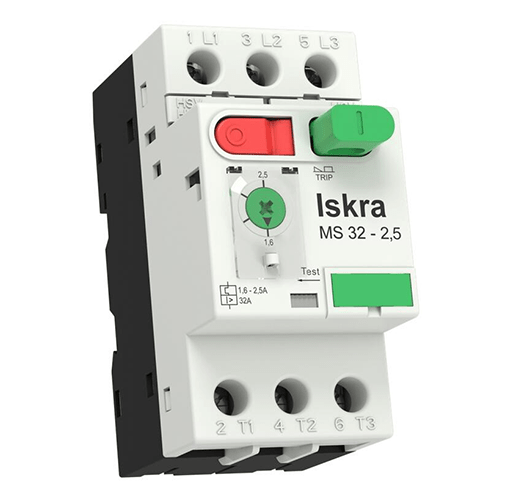
Figure 1: A circuit breaker in operation.
Circuit breakers are widely used in electromechanical equipment and circuits. However, as different protected objects have different abilities of overload current bearing, the protection characteristics of the selected circuit breaker are different, too. Thus, how to choose a suitable circuit breaker for a certain protected object device becomes very important.
In terms of different usages, the circuit breakers can be divided into the circuit breaker for distribution, the motor protection circuit breaker, the circuit breaker for household appliance, etc. According to their different protection characteristics, this article will give guides on how to choose these three types of circuit breakers.
1. How to Choose a Circuit Breaker for Distribution
Distribution circuit breakers are generally used in low-voltage networks for distribution, including main circuit breakers and branch circuit breakers. Here are some selection suggestions:
1) The allowable current carrying capacity of the line is not less than the long-time delay operating current setting value of the circuit breaker. If it is the case of using wire and cable, the value can be 80% of the allowable current carrying capacity of the wire and cable.
2) The starting time of the motor with large starting current in the line is not more than 3 times the returnable time of the long-time delay operating current setting value.
3) Instantaneous current setting value I1:I1=1.1. Among them: kl is the impact coefficient of the starting current of the motor, and generally we take kl=1.7~2.
2. How to Choose a Motor Protection Circuit Breaker
The motor has two characteristics: one is that the starting current is usually several times the rated current; the other is that it has a certain overload capacity. Therefore, when choosing a circuit breaker to protect the motor, we must pay attention to these two characteristics of the motor. Here are some tips:
1) Determine the long-time delay operating current setting value of the circuit breaker based on the rated current of the motor.
2) The returnable time of the 6-times long-time delay operating current setting value of the circuit breaker is larger than the actual starting time of the motor.
3) The instantaneous operating current setting value of the circuit breaker: the cage type motor should be 8 to 15 times the rated current of the release; the winding type motor should be 3 to 6 times the rated current of the release.

Figure 2: Iskra Motor protection circuit breaker MS32.
3. How to Choose a Circuit Breaker for Household Appliances
In home power supply, we usually use circuit breakers as main power protection switches or branch line protection switches. If there is a short circuit or overload in the line or household appliances, the circuit breaker can automatically trip and cut off the power supply, thereby effectively protecting these devices from damage and reducing the accident to a minimum.
In the family, single-pole (1P) is generally used for branch protection; two-pole (2P) circuit breakers are used for total power protection. It is very important to choose the appropriate rated current of the circuit breaker in the home, because if it is too large, the circuit breaker cannot automatically trip and cut off the power supply when the circuit or household appliances are short-circuited or overloaded; if it is too small, the circuit breaker is likely to trip frequently, causing unnecessary power outages, affecting normal life and causing unnecessary trouble.
Related Info
How to Choose a Contactor?How to Maintain Circuit Breaker?
Advantages of a Permanent Magnet Contactor
The Working Principle of the Vacuum Contactor
Differences between a Contactor and a Relay


